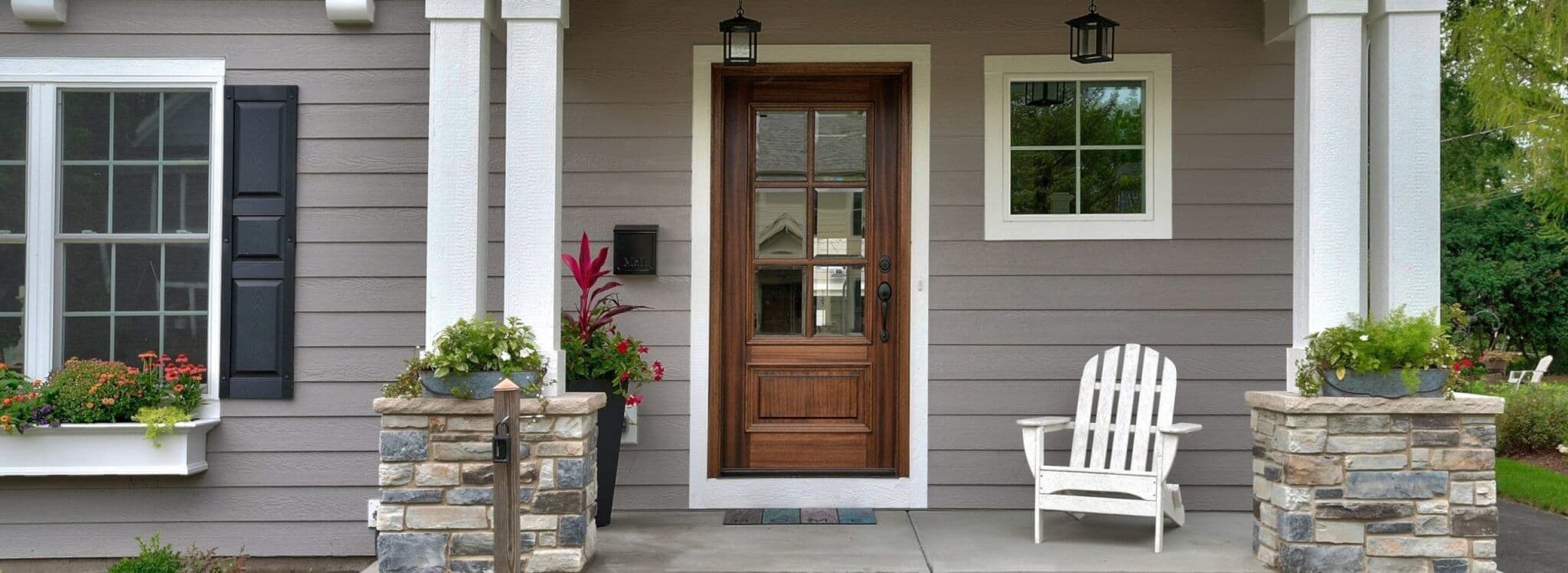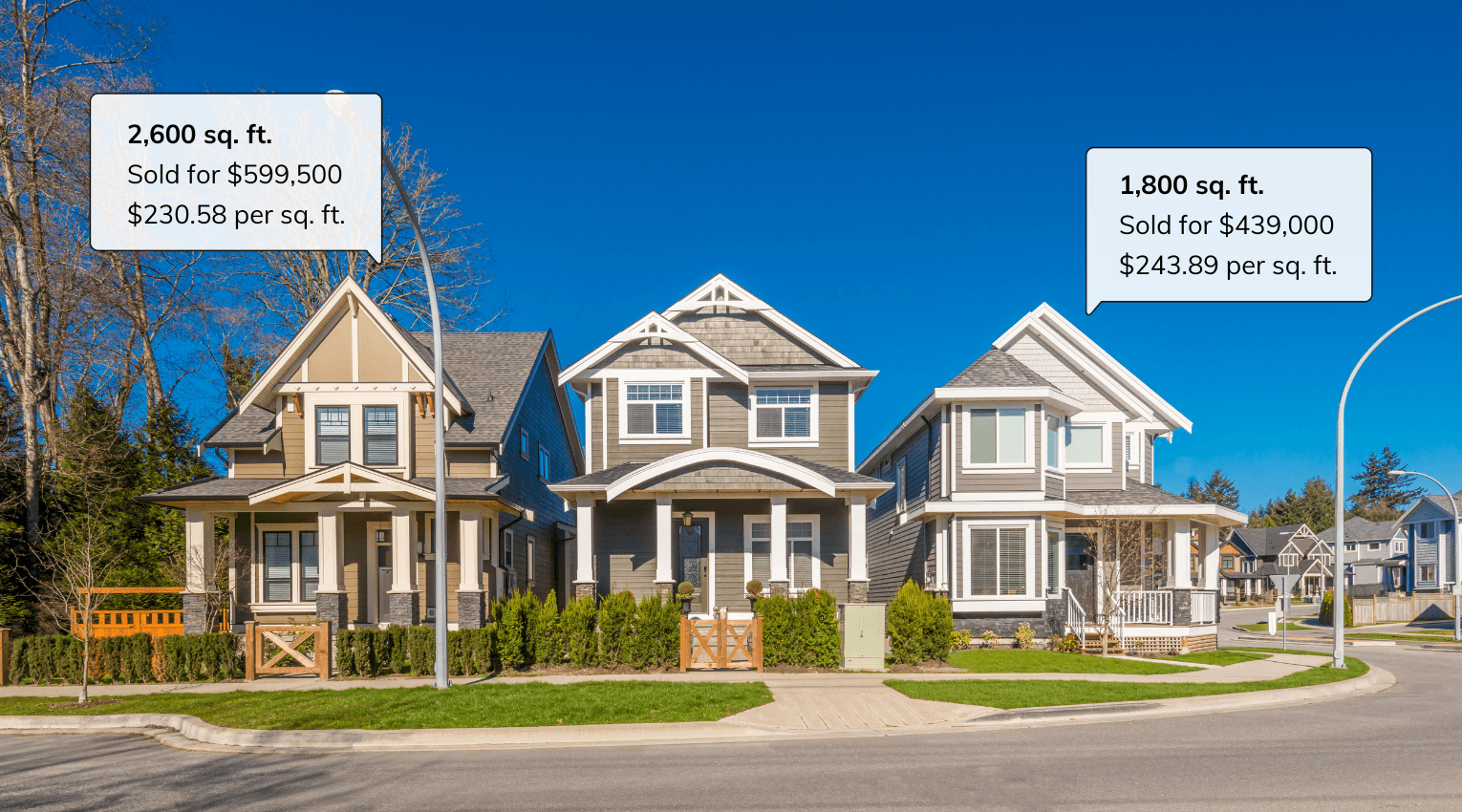What Percentage of Your Income Should Go to Your Mortgage?

With so many day-to-day expenses to worry about, it can be difficult to know exactly how much money should be allocated for each purpose. But as a homeowner, it’s important that you determine how much of your gross monthly income you should allocate to your mortgage in order to stay on budget — and on track to achieve your financial goals. This can be a challenge, especially if you need to consider fairly splitting the amount with your spouse or if you have multiple income streams.
First, it’s important to note that there are four components to your monthly mortgage payment: principal, interest, taxes, and insurance. This is known as PTI for short. There are two parts to your monthly gross income in terms of where the money goes: the front-end ratio, which goes toward your mortgage, and the back-end ratio, which goes toward paying any outstanding debts, like extra housing costs, school or personal loans, and credit cards.
As a general rule of thumb, on an annual basis, you should aim for a mortgage that is roughly two to two-and-a-half times your yearly income to ensure affordability. But there are at least a few different schools of thought when it comes to the percentage of your income that should go toward your mortgage each month.
The 28% Rule
A fairly established and well-known piece of wisdom, “the 28% rule,” also known as the 28/36 rule, advocates that homeowners should spend 28% of their gross monthly income on their mortgage payment (the front-end ratio). If you’re following this rule, it’s pretty simple to calculate the specific amount you can afford by multiplying your monthly gross income by .28.
Experts warn that spending more than 28% on your monthly mortgage payment can start to spell trouble. Daniel McCue, Senior Research Associate at the Harvard Joint Center for Housing Studies, told CNBC that homeowners should be wary if this percentage creeps up to 30%.
“In order to pay for housing, people spend a third less on food and two-thirds less on health care,” he explained. In addition to negatively impacting your quality of life, spending too much on your mortgage can also drain your emergency savings, and it’s relatively easy for interest to get out of hand.
And if you’re a first-time homeowner, keep in mind that just because a lender approves you for a particular mortgage amount that’s beyond the 28% figure, this doesn’t mean you should overspend — you should still keep your income and additional expenses like HOA fees, utility payments, and maintenance costs in mind to avoid getting into trouble and staying on budget.
The 35% / 45% Model
Another rule some homeowners subscribe to is the 35% / 45% model, which states that your total monthly debt, including your mortgage installment, shouldn’t exceed 35% of your pre-tax income, or 45% of your post-tax income.
In order to calculate how much mortgage you can afford with this model, figure out your gross pre-tax income tax and multiply it by 35%. Then, multiply your monthly gross post-tax income by 45%. Your target price range is in between these two figures.
This model can provide you with a bit more flexibility in terms of the amount of money you’re able to spend toward your mortgage each month. Homeowners in regions with higher-than-average state or local taxes, or even just higher home prices, may find this model to be especially beneficial.
The 25% Post-Tax Model
Finally, the 25% post-tax model says that your total monthly debt should be 25% or less of your monthly post-tax income. So, for example, if your monthly income after taxes is $6,000, you’d multiple this by .25 to get the maximum amount you should be putting toward your mortgage: $1,500.
Majority of Homeowners on Track, But Some At Risk
According to Hometap’s 2021 homeowner report, homeowners generally seem to be aware of this advice: the highest cohort of homeowners (48%) spent 15% or less of their gross monthly income on their mortgage, and the next-highest percentage (27.9%) spent 16–25%. However, the COVID-19 pandemic has significantly affected homeowners negatively, with one in four surveyed saying that they plan to tighten their budget until they financially recover — so it’s more important than ever that they keep an eye on their spending.
However, there were some exceptions. For example, one in three millennials reported that more than 25% of their gross monthly income went toward their mortgage, which puts them at increased risk of becoming house-rich and cash-poor.
What Should I Do If I Am Spending Too Much on My Mortgage?
If you are concerned that you’re spending too much of your monthly income, there are a handful of different options to consider:
- Take a fresh look at your budget and determine whether you’re stretching it too far in order to pay off your mortgage early
- Rent out a room in your home to bring in some extra cash each month
- Get a second job or pursue a side hustle
- Look at a cash-out refinance — but only if it makes sense financially for you
- Downsize to a home that’s more affordable
If you’re a homeowner who is looking for a way to cover more expenses so you can stay on top of your mortgage payments, you also might want to consider a Hometap Investment — you can tap into your equity to receive cash while staying in your home. Do you know how much equity you have in your home? The Home Equity Dashboard makes it easy to find out.
You should know
We do our best to make sure that the information in this post is as accurate as possible as of the date it is published, but things change quickly sometimes. Hometap does not endorse or monitor any linked websites. Individual situations differ, so consult your own finance, tax or legal professional to determine what makes sense for you.
More in “Home Financing 101”

How Much Is Your House Worth? Picking a Home Value Estimator

5 Characteristics to Consider to Choose the Right Neighborhood


